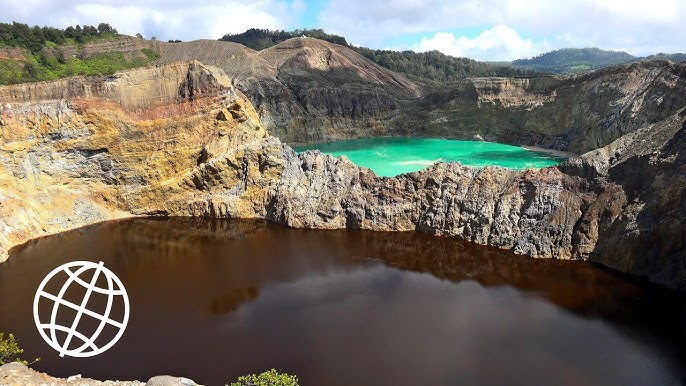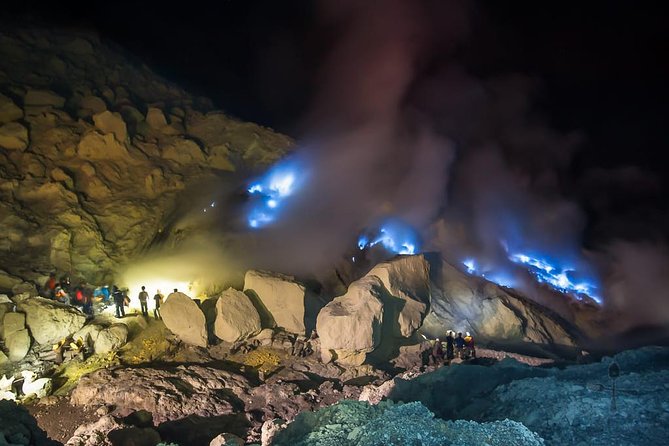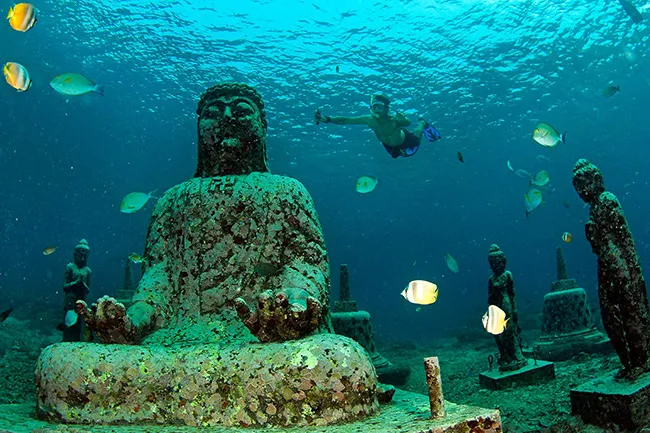Off the coast of São Paulo, Brazil, lies a mysterious and forbidden place known as Snake Island, or Ilha da Queimada Grande. This small island, covered in dense rainforest and surrounded by blue Atlantic waters, is home to one of the world’s most venomous snakes the golden lancehead viper (Bothrops insularis).
Because of its extreme danger, Snake Island is closed to the public, earning its reputation as the deadliest island on Earth.
Where Is Snake Island Located?
Snake Island is located about 33 kilometers (21 miles) off the coast of São Paulo State, in southeastern Brazil. The island covers an area of just 43 hectares (106 acres) roughly the size of 50 soccer fields yet it harbors an astonishingly high population of snakes. Scientists estimate that between one and five snakes live in every square meter of the island.
The Deadly Inhabitants: The Golden Lancehead Viper
The golden lancehead viper (Bothrops insularis) is found nowhere else on Earth except Snake Island.
This snake evolved in isolation for thousands of years after sea levels rose, cutting the island off from the mainland. With no ground mammals to hunt, the golden lancehead adapted to feed on migratory birds, developing extremely potent venom that can kill its prey almost instantly.
Its venom is up to five times more powerful than that of its mainland relatives, capable of causing massive tissue damage and organ failure in humans within minutes.
Why Is Snake Island Forbidden?
Due to its deadly inhabitants, the Brazilian Navy strictly controls access to Snake Island. Only authorized researchers and biologists with special permits are allowed to visit for scientific study.
The government prohibits tourism to protect both humans and the island’s delicate ecosystem. Even local fishermen are warned to keep several kilometers away from the shore.
Legends and Myths
Over the years, Snake Island has inspired countless legends. Some stories claim that the snakes were brought by pirates to guard hidden treasures, while others tell of a lighthouse keeper and his family who died from snake bites long ago.
Though these tales add mystery to the island, the real danger lies in the natural concentration of venomous snakes, not in myths or curses.
Scientific Importance
Despite its deadly reputation, Snake Island plays a crucial role in scientific research and conservation biology. The golden lancehead viper is critically endangered, with its entire population limited to this single island.
Researchers study the snake’s venom for potential medical applications, such as developing drugs to treat heart disease, blood pressure, and clotting disorders.
Key Facts About Snake Island
- Official name: Ilha da Queimada Grande
- Location: Off the coast of São Paulo, Brazil
- Area: 43 hectares (106 acres)
- Species: Golden Lancehead Viper (Bothrops insularis)
- Access: Restricted by the Brazilian Navy
- Danger level: Extremely high not open to tourists
Conclusion
Snake Island, Brazil remains one of the most fascinating yet terrifying places on Earth. Isolated for thousands of years, it has become a unique natural laboratory where evolution created one of the planet’s most venomous species. While few people will ever see it in person, Snake Island continues to capture the imagination of adventurers, scientists, and nature lovers worldwide.





